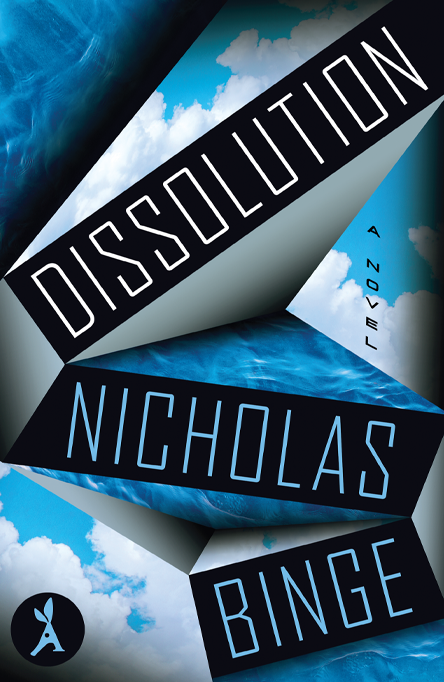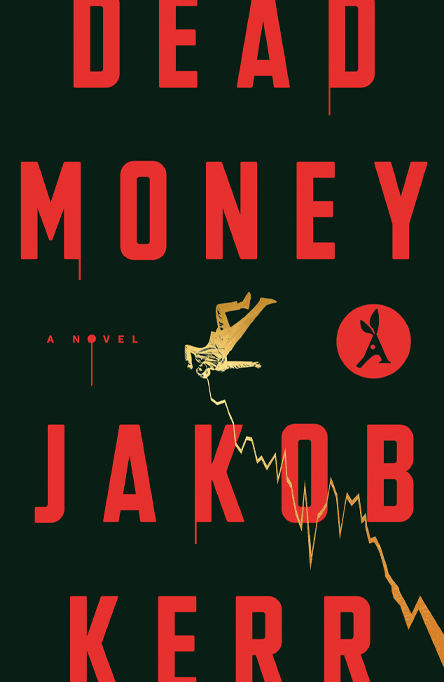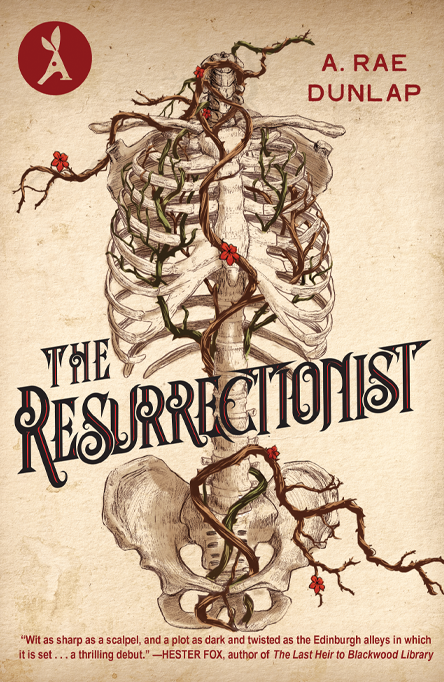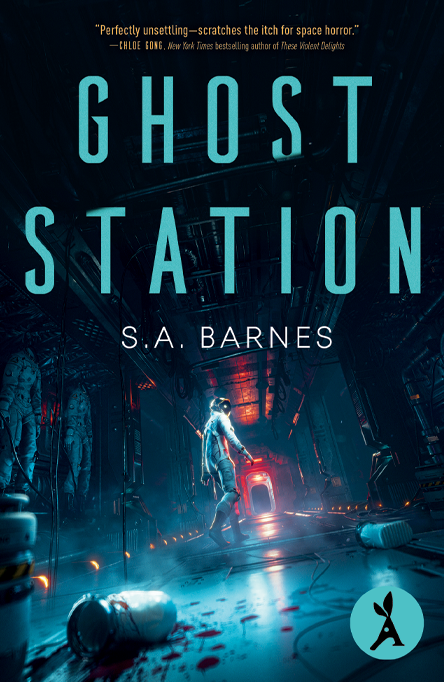The year is 2050. Ava and her girlfriend live in what's left of Brooklyn, and though they love each other, it's hard to find happiness while the effects of climate change rapidly eclipse their world. Soon, it won't be safe outside at all. The only people guaranteed survival are the ones whose applications are accepted to The Inside Project, a series of weather-safe, city-sized structures around the world.
Transphobia, death, confinement.
Jacqueline Millender is a reclusive billionaire/women’s rights advocate, and thanks to a generous donation, she’s just become the director of the Inside being built on the bones of Manhattan. Her ideas are unorthodox, yet alluring—she’s built a whole brand around rethinking the very concept of empowerment.
Shelby, a business major from a working-class family, is drawn to Jacqueline’s promises of power and impact. When she lands her dream job as Jacqueline’s personal assistant, she’s instantly swept up into the glamourous world of corporatized feminism. Also drawn into Jacqueline’s orbit is Olympia, who is finishing up medical school when Jacqueline recruits her to run the health department Inside. The more Olympia learns about the project, though, the more she realizes there’s something much larger at play.
When Ava is accepted to live Inside and her girlfriend isn’t, she’s forced to go alone. But her heartbreak is quickly replaced with a feeling of belonging: Inside seems like it’s the safe space she’s been searching for… most of the time. Other times she can’t shake the feeling that something is deeply off. As she, Olympia, and Shelby start to notice the cracks in Jacqueline’s system, Jacqueline tightens her grip, becoming increasingly unhinged and dangerous in what she is willing to do—and who she is willing to sacrifice—to keep her dream alive.
At once a mesmerizing story of queer love, betrayal, and chosen family, and an unflinching indictment of white, corporate feminism, Gabrielle Korn’s Yours for the Taking holds a mirror to our own world, in all its beauty and horror.
Don't just take our word for it...
“An alluring story of a feminist dystopia… Korn’s conceits are as provocative as her characters are well-rounded. Readers will eat up this distinctive work of climate fiction.”
– Publishers Weekly
“Gatekeeping girlboss insidiousness, climate injustice and ecological inequality, love in the time of perpetual apocalypse—Korn’s thrilling work of speculative fiction, about billionaire-funded bubbles designed to seal off select people from inhospitable living conditions, trains a big, queer black mirror on the sociopolitical iniquities of our time.”
– Electric Literature
“Gabrielle Korn had me at feminist dystopia, but her layered, intriguing storytelling made the end of the world entirely her own. I stowed myself in a bunker and read Yours for the Taking in less than a day.”
– Amanda Montell, author of Cultish: The Language of Fanaticism
Taste the very first page
The Inside Project started with the best intentions.
At least, that is what I choose to believe, even knowing what I know now, even knowing that the very idea of Inside was based on the notion that some people are worth saving and some are not. Perhaps what went wrong Inside was a natural extension of that inherently broken belief system, making the destruction and chaos inevitable. Perhaps Inside’s flaws were a natural con- sequence of trying something new, and we all became stronger because of what went wrong and what we learned from it. Perhaps it’s much more com- plicated than that, and impossible to look at from a binary perspective, in black-and-white terms, or even good versus evil.
We can’t understand what went wrong without first understanding why Inside was developed in the first place. It was a last resort: the planet was quickly becoming uninhabitable.
In New York, decades of unending natural disasters had pummeled what used to be Long Island, Queens, and most of Brooklyn into nonexistence so that the east side of Manhattan looked out directly onto the Atlantic Ocean. There were endless floods and tsunamis. Hurricane winds had knocked out the windows of nearly every skyscraper. Then there was, of course, the heat. Every day, it was only getting hotter.
It wasn’t just the coastal regions of America that had been transformed by the weather, it was everywhere. Many people had moved toward the middle of the country, until the worsening storm situation made that unlivable, too (“Tornado Alley,” it used to be called, until the alley became more of a highway, and then more of a parking lot, where tornadoes were so frequent that people stopped rebuilding their homes and moved away). Others had….
You might also like
The Tainted Cup
A Holmes and Watson–style detective duo take the stage in this fantasy with a mystery twist, from the Edgar-winning, multiple Hugo-nominated Robert Jackson Bennett.
A Drop of Corruption
The eccentric detective Ana Dolabra matches wits with a seemingly omniscient adversary in this brilliant fantasy-mystery from the author of The Tainted Cup.
LGBTQIA+Gothic FictionIncludes a DogHorrorHistorical Fantasy
Blood on Her Tongue
Lucy's twin sister Sarah is unwell. She refuses to eat, mumbles nonsensically, and is increasingly obsessed with a centuries-old corpse recently discovered on her husband's grand estate.
RomanceDebut NovelIncludes a Dog
Any Trope But You
A bestselling romance author flees to Alaska to reinvent herself and write her first murder mystery, but the rugged resort proprietor soon has her fearing she’s living in a rom-com plot instead.
Dissolution
A woman dives into her husband’s memories to uncover a decades-old feud threatening reality itself in this staggering technothriller from the bestselling author of Ascension.
ThrillerContemporaryDebut Novel
Tilt
Annie is nine months pregnant. She’s shopping for a crib at IKEA. That’s when the massive earthquake hits. There’s nothing to do but walk.
LGBTQIA+Gothic FictionHorrorHistorical Fantasy
Hungerstone
A compulsive feminist reworking of Carmilla, the queer novella that inspired Dracula.
Historical FictionDebut NovelMagical Realism
Junie
A young girl must face a life-altering decision after awakening her sister’s ghost, navigating truths about love, friendship, and power as the Civil War looms.
Death of the Author
A disabled Nigerian American woman pens a wildly successful Sci-Fi novel, but as her fame rises, she loses control of the narrative. This is a story unlike anything you’ve read before.
Good Girl
An electric debut novel about the daughter of Afghan refugees and her year of self-discovery and a portrait of the artist as a young woman set in a Berlin that can’t escape its history.
Dead Money
Featuring jaw-dropping twists and a wily, outsider heroine you can’t help rooting for, Dead Money is a brilliant sleight-of-hand mystery.
We Lived on the Horizon
The acclaimed author of The Book of Speculation returns with an engrossing new novel about a bio-prosthetic surgeon and her personal AI as they are drawn into a revolution.
Unromance
A recently dumped TV heartthrob enlists a jaded romance novelist to ruin romance for him—one rom-com trope at a time—so he never gets swept off his feet again…
Motheater
In this nuanced queer fantasy set amid the Appalachian Mountains in Virginia, the last witch of the Ridge must choose sides in a clash between industry and nature.
Private Rites
A speculative reimagining of King Lear, centering three sisters navigating queer love and loss in a drowning world.
Historical FictionDebut NovelLGBTQIA+Gothic FictionDark Academia
The Resurrectionist
A twisty gothic debut set when real-life serial killers Burke and Hare terrorized the streets of Edinburgh, as a young medical student is lured into the illicit underworld of body snatching.
The Serpent and the Wolf
A thrilling romantasy debut combines high-stakes political intrigue and a steamy, slow-burn, enemies-to-lovers romance.
What It’s Like in Words
A dark, intense, and compelling account of what happens when a young woman falls in love with the wrong kind of man.
Sci-fiLGBTQIA+Includes a DogHorror
American Rapture
The instant USA Today bestseller from CJ Leede, author of Maeve Fly—a scorching and sweeping new novel about the end of the world as we know it.
Historical FictionDebut NovelIncludes a Dog
Eleanore of Avignon
The story of a healer who risks her life, her freedom, and everything she holds dear to protect her beloved city from the encroaching Black Death.
LGBTQIA+RomantasyDark Academia
A Dark and Drowning Tide
A sharp-tongued folklorist must pair up with her academic rival to solve their mentor’s murder in this lush and enthralling sapphic fantasy romance.
Bury Your Gays
Bury Your Gays is a heart-pounding new novel from bestselling author Chuck Tingle about what it takes to succeed in a world that wants you dead.
The Truth According to Ember
A Chickasaw woman who can’t catch a break serves up a little white lie that snowballs into much more in this witty and irresistible rom-com by debut author Danica Nava.
Mistress of Lies
A villainous, bloodthirsty heroine finds herself plunged into the dangerous world of power, politics and murder in the court of the vampire king in this dark romantic fantasy debut.
Catalina
by Karla Cornejo Villavicencio
A year in the life of the unforgettable Catalina Ituralde, a wickedly wry and heartbreakingly vulnerable student at an elite college.
The Stardust Grail
Save one world. Doom her own. From the acclaimed author of The Deep Sky comes a thrilling anti-colonial space heist to save an alien civilization.
Historical FictionDebut NovelMagical Realism
Masquerade
Set in a wonderfully reimagined 15th century West Africa, Masquerade is a dazzling, lyrical tale exploring the true cost of one woman’s fight for freedom and self-discovery, and the lengths she’ll go to secure her future.
Whoever You Are, Honey
This darkly brilliant debut novel explores how women shape themselves beneath the gaze of love, friendship, and the algorithm—by a thrilling feminist voice for the age of AI.
ThrillerDebut NovelIncludes a Dog
You Know What You Did
In this heart-pounding debut thriller for fans of Lisa Jewell and Celeste Ng, a first-generation Vietnamese American artist must confront nightmares past and present...
Evocation
From The Sunday Times bestselling author of B&N's best books of 2022 A Dowry of Blood, comes a spellbinding and vibrant new series. The Devil knows your name, David Aristarkhov.
Ghost Station
A crew must try to survive on an ancient, abandoned planet in the latest space horror novel from S.A. Barnes, acclaimed author of Dead Silence.































